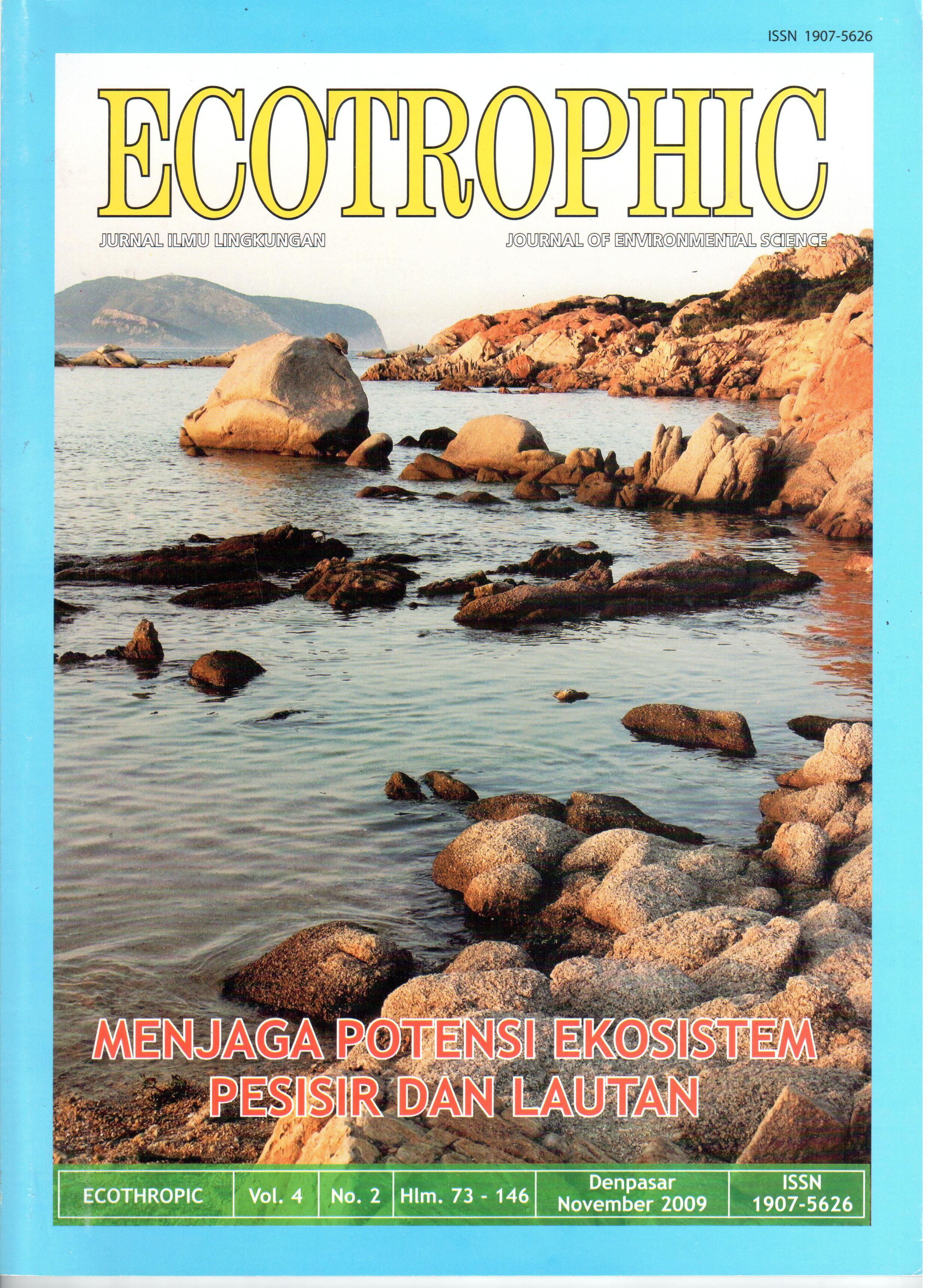BEHAVIOR OF THE CHANGJIANG DILUTED WATER IN THE EAST CHINA SEA OBSERVED WITH SATELLITE TRACKING DRIFTER
Abstract
The Changjiang River is the largest river in China with an average discharge of 9x1011 m3 /year . The Changjiang river supplies about 80% of total discharge of fresh water from rivers around the Yellow Sea, East China Sea and Bohai Sea. Its monthly mean transport has a large seasonal variation from 103 m3s-1 in January to 4.8x 104 m3s-1 in July around an annual mean of 3 x104 m3s-1 , and large inter annual variation in the annual mean from 2,2x 103 to 3,5 x 103 m3s-1 during the 19-year period from 1970 to 1988 (Yanagi, 1994 ). The East China Sea Current, associated with the Changjiang discharge, flows southward along the Fujian and the Zhejiang Coast of China in winter and Northeastward to the Cheju island in summer, which forms thin low salinity plume called Changjiang Diluted Water (CDW) in summer (Breadsley. et al , 1983, 1985; Hu, 1994, Guan ,1994).CDW moves differently in season. It moves southward in winter and eastward in summer according to its salinity distribution. The relation between wind and movement of the low salinity water also has been suggested in many ways.Generally all of drifter moved northeastward at first, then after 10 days each drifter moved to different sites. Each drifter moving though velocities is about 0.1 m/s and 0.2 m/s. Most of drifters were generally moving to northeastward to the right of the wind direction at these events. It indicates that the sudden changes of drifters trajectory are caused by abrupt changes of winds.Temporal variation in salinity gradually increase during the drifters were in the moved eastward . The salinity rapidly increase during the typhoon passage. Before and after the salinity rapidly increase during typhoon passage, it was mostly constant or very gentle.The vertical velocity generated by wind just after deployment drifters for ten days in drifter deployment in 2007 was about 10-5 – 10-6 ms-1. The vertical velocity during typhoon passage on August 2007 was larger than on passed the area. It is suggested that there was significant divergence in the surface layer during the typhoon passed the area ,resulting in the larger upward vertical velocity in this region.Downloads
Download data is not yet available.
How to Cite
ANAS, Syful; KASA, I W; ARTHANA, I W.
BEHAVIOR OF THE CHANGJIANG DILUTED WATER IN THE EAST CHINA SEA OBSERVED WITH SATELLITE TRACKING DRIFTER.
ECOTROPHIC : Jurnal Ilmu Lingkungan (Journal of Environmental Science), [S.l.], v. 4, n. 2, nov. 2012.
ISSN 2503-3395.
Available at: <https://ojs.unud.ac.id/index.php/ecotrophic/article/view/2528>. Date accessed: 15 dec. 2025.
Issue
Section
Articles
Keywords
Changjiang Diluted Water, Movement of drifters, Temporal variation in Salinity, Vertical velocity generated by wind.


